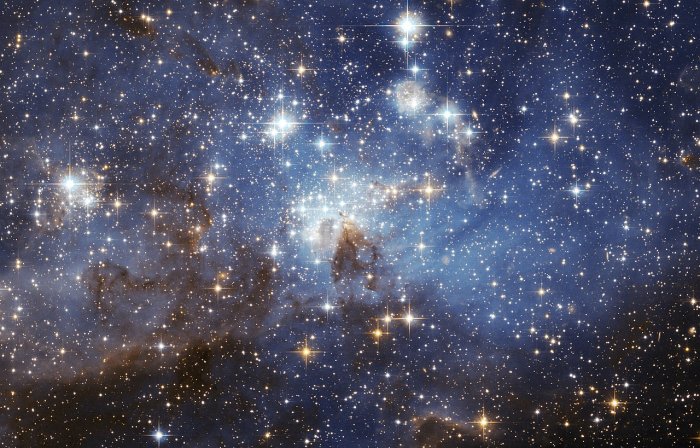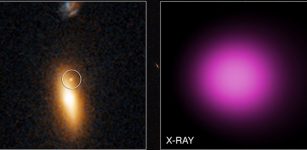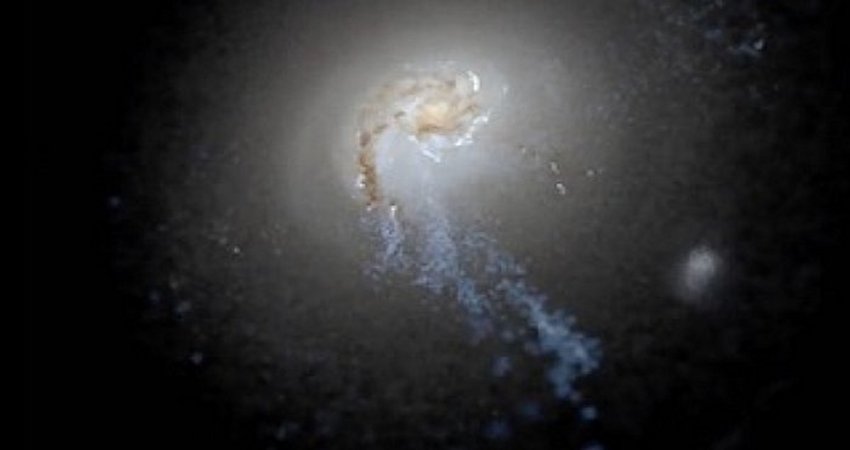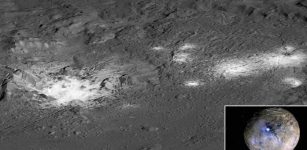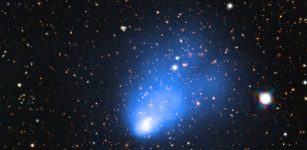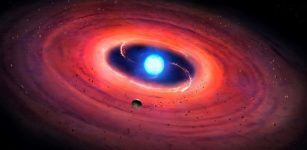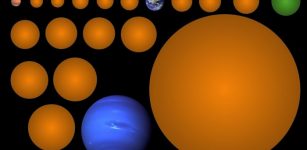When Stars Are No Longer Born: The Challenge Of The New ERC Red Cardinal Project
Eddie Gonzales Jr. – MessageToEagle.com – The unprecedented observations of the James Webb Space Telescope are now combined with the research challenge of a new ERC project to shed light on a still mysterious phase in the history of the Universe: the extinction of the ability to form new stars that occurs during the evolution of massive galaxies.
A star-forming region in the Large Magellanic Cloud. Image credit: ESA/HUBBLE – CC BY 4.0
The project is called Red Cardinal: it is an ERC Starting Grant led by Sirio Belli, a researcher at the Department of Physics and Astronomy “Augusto Righi” at the University of Bologna. The European Research Council (ERC), an EU body that rewards talented scholars engaged in frontier research, funded him with €1.3 million. ERC Starting Grants are funding for early-career researchers with a very promising scientific track record.
“The formation process of massive galaxies and the extinction of their star-forming activity are still mysterious phases in the history of the Universe,” explains Belli. “A relevant role might be related to the energy emitted by Active Galactic Nuclei, i.e. supermassive black holes at the centre of galaxies. Yet, it is not clear how this mechanism can actually stop new star formation, or whether other physical processes, such as galaxy collisions, are required.”
Moreover, it is still unclear whether this phenomenon of star formation extinction occurs in the same way in all galaxies. The most recent studies on the subject suggest that there may be two physically distinct modes: a fast switch-off process and a slow switch-off process.
“Using the observations that will be obtained by the revolutionary James Webb Space Telescope, we will be able to test the soundness of this hypothesis, which predicts two distinct modes of stellar extinction, and identify the physical processes that are responsible for the phenomenon,” says Belli.
Other than working on the new ERC Red Cardinal project, Sirio Belli is also Principal Investigator of Blue Jay, a programme involving the first round of observations of the James Webb Space Telescope. The aim is to observe about 150 galaxies located the “Cosmic Noon”: an ideal epoch, about 10 billion years ago, for gathering information on the process of stellar extinction.
To achieve these results, Blue Jay will use two of the instruments on board the James Webb Space Telescope: the NIRSpec Near-InfraRed Spectrograph, which can observe more than a hundred galaxies simultaneously, and the NIRCam Near-InfraRed Camera.
“With the information obtained from these observations, at an unprecedented level of detail, it will be possible to reconstruct the history of star formation processes and the duration of the extinction phase,” says Belli. “In addition, we will be able to characterise stellar populations, ionised gas and molecular gas in galaxies according to extinction duration, and identify the mechanisms involved in both fast and slow extinction by comparing them with predictions from theoretical models.”
Original story – Università di Bologna – via EurekAlert
Paper
Written by Eddie Gonzales Jr. – MessageToEagle.com Staff

